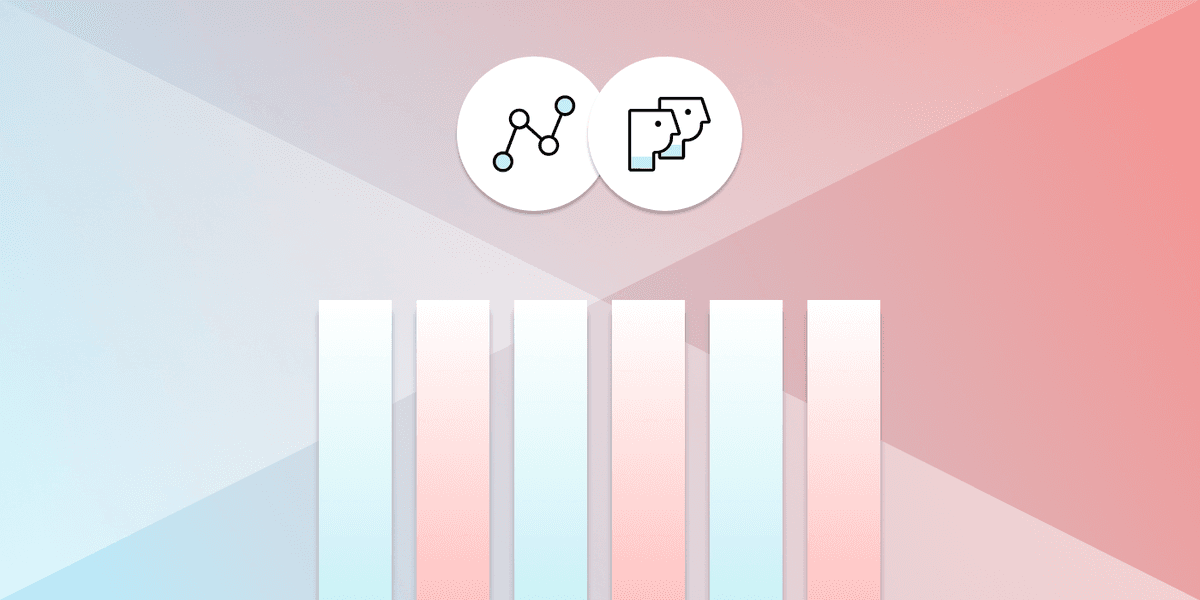The Six Pillars of Braze Alloys: Data and Infrastructure Agility
Published on November 25, 2019/Last edited on November 25, 2019/4 min read


Mary Kearl
WriterIn 2018, we launched Braze Alloys in order to simplify the process of creating a bespoke customer engagement ecosystem. When it comes to technology partners, our Braze Alloys partnership hub is built around six distinct categories—this week, we’ll be digging into Data & Infrastructure Partners.
Today's brands have more sources of first-party data than ever before. Data from your brand’s website, mobile apps, channels, loyalty programs, and more is only increasing. This kind of customer information is currency, but its value drops the longer it takes for your brand to listen, understand, and act on it.
Companies that take hours or even days to move high-value information between systems and teams may end up sending messages that are confusing and useless, instead of relevant and impactful. It could mean unsold inventory in local franchises, reduced revenues on discounts to engaged users, missed opportunities for re-engagement for lapsing users, and customer frustration on not receiving relevant updates.
This is the importance of data and infrastructure agility. More than collecting the right information, it's about having a technology ecosystem that makes it easy to act on that data. Meaning you can reach your customers in responsive, meaningful ways.
Data agility may sound like a new concept, but at its core it's about doing what businesses have been—or should be—doing all along. That is, asking customers what they want and acting on that information in as timely a manner as possible.
The main challenge arises when there's so much data from so many sources—and your brand doesn’t have the technologies in place to manage and get value from that data. The end result? Countless confusing and frustrating experiences, the kind we've all dealt with when traveling, shopping, trying to stream our favorite shows, reviewing our financial accounts, and more. It’s also coming at a steep cost:
- 20% of businesses lose customers due to incomplete or inaccurate information about these individuals, according to new research from insights and analytics firm Dun & Bradstreet.
- 60% of organizations don't measure the cost of poor data quality on their business, based on the findings of a Gartner survey.
- $3.1 trillion may be the financial toll—per year—on the U.S. economy due to poor quality data, estimates IBM.
If you don’t capitalize on these moments, your competitors will (or already are).
Behind the Scenes: What Makes Data Agility Possible
In the past, marketing systems were designed as one-stop shops, but it resulted in data silos and inefficiency. At Braze, we wanted to create an inclusive ecosystem that could expand and grow to meet the evolving needs of brands and their customers. So we built integrations with best-in-class technology partners who are aligned around this vision on data agility and portability. We call these our Braze Alloys and through them you can ensure Braze seamlessly connects with:
- Data storage, like Amazon S3, Azure Blob, and Google Cloud Storage
- Data warehouses, like Amazon Redshift, Azure SQL, Google BigQuery, and Snowflake
- Visualization tools, like Looker and Tableau
- All-in-one analytics tools, like Amplitude
- Customer data platforms, like mParticle, Segment, and Tealium
With these connections, it's easier for marketing, growth, and engagement teams to manage data, supporting better outcomes for Braze clients and their customers alike.
“At Flipp, our goal is to ensure that every user interaction provides value and delivers on our mission to help our consumers save time and money on their weekly shop,” said Colleen Garrity, Team Lead, Growth Marketing at Flipp. “Smart marketing strategies that reflect the needs and preferences of our users are critical to engagement. To help drive this, Segment offers a seamless connection between the campaigns we run in Braze and our business intelligence tools, helping to democratize data and making it easily accessible to our teams. The simple integration of the platforms enables our team to pivot to optimize campaign performance and connect with our users in the best way.”
Next Steps
The first step is finding and investing in the right data stack for your brand’s unique needs. The next is creating a data culture where every employee who impacts your strategy is empowered with the resources they need to access the information that supports their work. Brands that achieve data democratization will accomplish the hard task of removing technology and teams silos all in one.
Be Absolutely Engaging.™
Sign up for regular updates from Braze.
Related Content
View the Blog
How AI Decisioning Transforms Marketing (A Complete Guide)

Team Braze

AI decisioning cheat sheet: How to crawl/walk/run with BrazeAI Decisioning Studioᵀᴹ

Team Braze

A day in the life of a data scientist on the BrazeAIᵀᴹ forward-deployed engineering team
